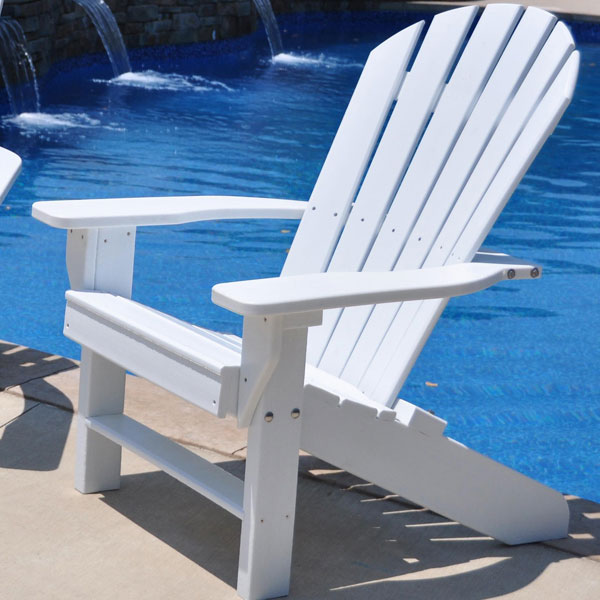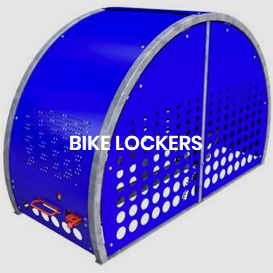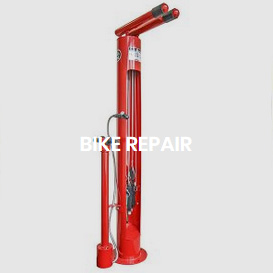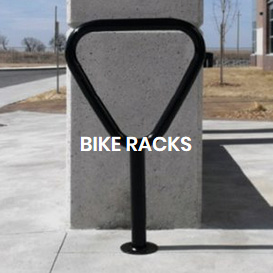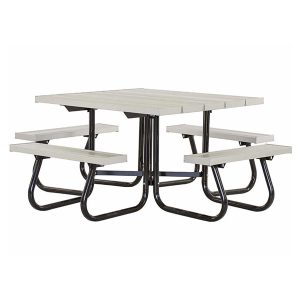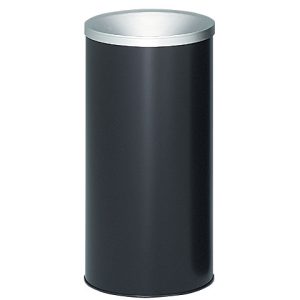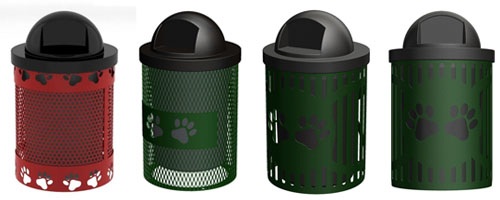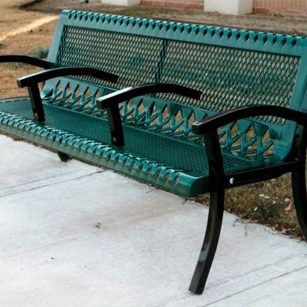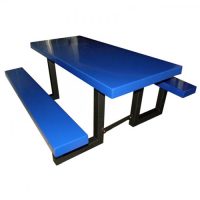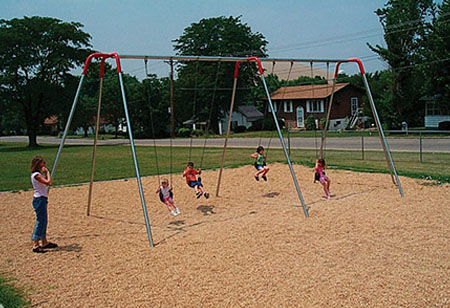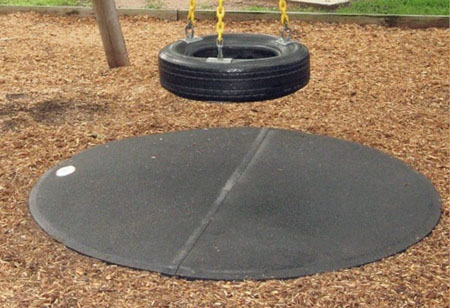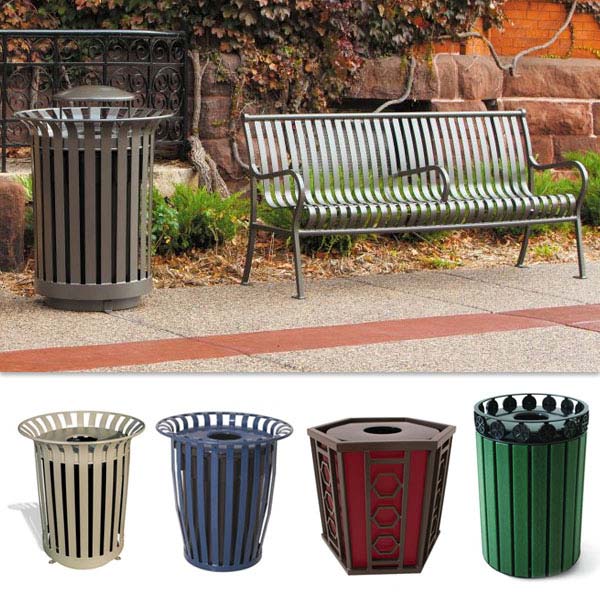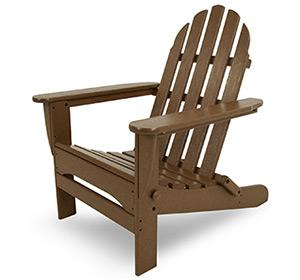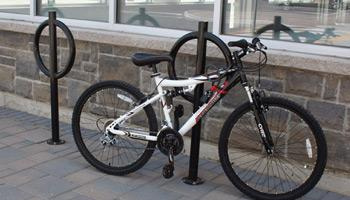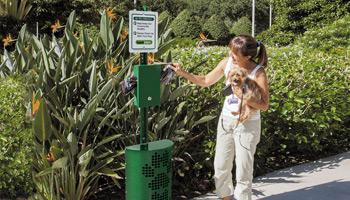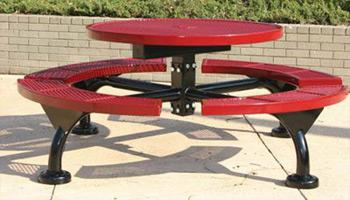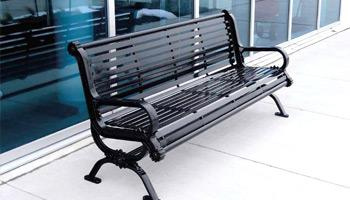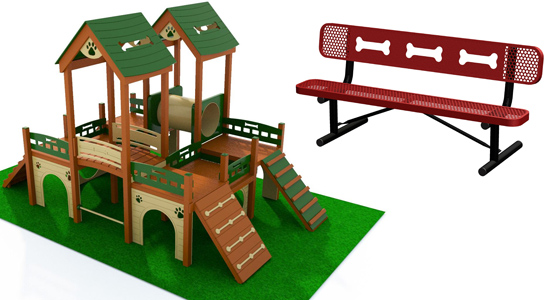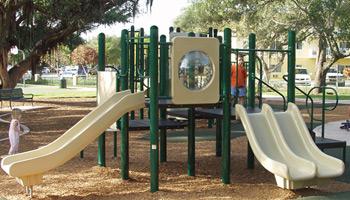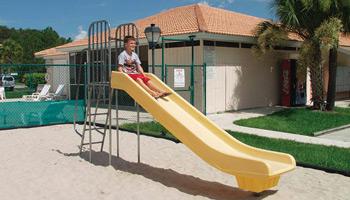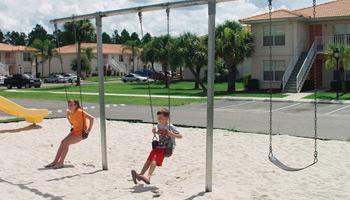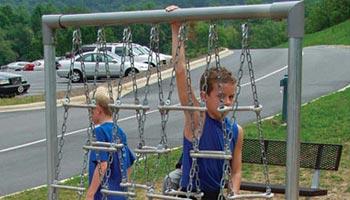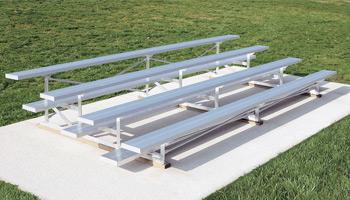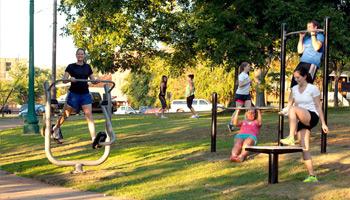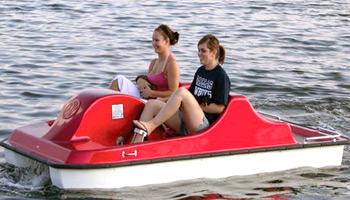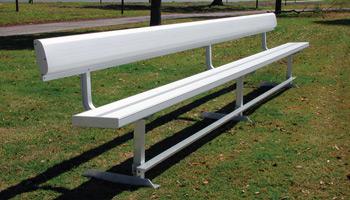Bleachers, also known as grandstands are defined by elevated seats in tier row fashion and have been around since the 1800’s. Each level of seat is reached by climbing up the bleachers stair-like design, alternating from floorboard to seat, floorboard to seat as you move up the bleacher. Depending on the size, bleachers will have stairs running through the middle with a guardrail support. Each level has a single or double footboard, making the entire row accessible. The footboards are plank style, and the most common seat is also plank style however some bleachers are available with seat backrests. There is a minimal understructure other than the necessary support frame. Bleacher support frames are typically fabricated in steel or aluminum, with floorboards and seats generally made of aluminum planks. Galvanized steel planks are also available, but aluminum is quote popular due to its all lighter weight, yet durable performance against weather and wear and tear.
Bleachers are generally used in sports related venues such as football, soccer, and baseball fields and various events that would require spectator viewing. Gymnasiums, churches, and recreation centers, as well as stadiums are also venues where you might see a bleacher.
Portable bleachers, the most common type of bleacher are popular because they are mobile, effective for temporary installation, and can be reconfigured in a space for different needs. Portable bleachers also provide a more cost effective solution because the site area generally does not have to be modified much to receive bleacher installation. The bleacher is simply installed in the area and can be removed or moved at any time rather than permanent installs that would require laying the base of the unit into the ground.
Portable bleachers must meet the same safety requirements as fixed/permanently installed bleacher units according to the CPSC publication in the United States.
Within the portable bleacher category there are a range of styles and sizes available. Standard bleachers can start as short as two row and extend beyond 15 row bleachers. They can go as wide as 27’. Any bleacher unit above 30” had available options to meet safety codes. These code complaint features include double footboards, an aisle with guardrail, and chain link side and back fencing. We always recommend having all of these features with any larger units whether your state requires this or not for safety purposes.
If you are on a budget and want to avoid the extra cost of code compliant features, low rise bleachers are a viable option. The explanation of its features is really in the name. The first seat is lower to the ground so that you are able to squeeze more rows and seat capacity under 30”.
For indoor applications such as gymnasiums, we recommend tip n’ roll bleachers. These bleachers are generally made of aluminum and have most of the same specs as standard portable bleachers but can be tipped over onto its side where wheels are installed for easy mobility. The tip n’ roll style can be easily rolled into another area of the gymnasium or into storage without any breakdown.

